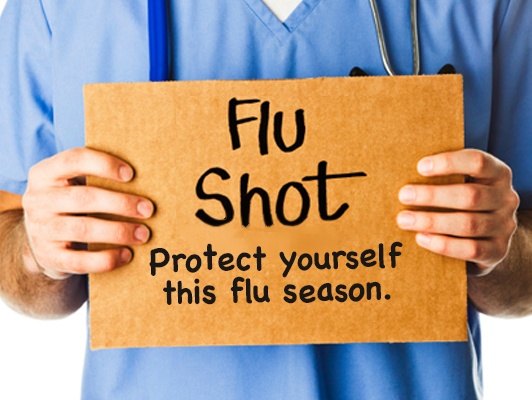Category: Health
-

Public Restrooms Become Ground Zero in the Opioid Epidemic
A man named Eddie threaded through the midafternoon crowd in Cambridge, Mass. He was headed for a sandwich shop, the first stop on a tour of public bathrooms. “I know all the bathrooms that I can and can’t get high in,” said Eddie, 39, pausing in front of the shop’s plate-glass windows, through which we…
-

Diabetes Alert Day Focuses on Risk Factors of Prediabetes and Diabetes
In 2014, diabetes was the seventh-leading cause of death both in Alabama and the nation at large. According to statistics from the Alabama Department of Public Health, 13.5 percent of Alabama adults have diabetes. As part of the American Diabetes Association’s (ADA) Alert Day® on Tuesday, March 28, make sure you know the dangers of…
-

Be Heart Healthy in February!
According to the Centers for Disease Control and Prevention (CDC), one out of every four female deaths in 2013 was due to cardiovascular disease, yet only 54 percent of women recognize that heart disease is the leading cause of death among them. “Having uncontrolled blood pressure, which has no symptoms, can result in cardiovascular disease,…
-

Scale Back Alabama Kicks Off 11th Year
A new year is the perfect time to shed those extra pounds, and the state’s largest weight loss and physical activity competition can help you do that. Scale Back Alabama is an 8-week statewide program that encourages Alabamians to eat healthier, exercise, and have fun while doing it. Cash prize drawings are held for teams…
-

Danger Exists from Use of Synthetic Cannabinoids
The Alabama Department of Public Health and the Medical Association cautions the public about the hazards associated with the use and the risk to the public from synthetic cannabinoids also known as synthetic marijuana. Users of the synthetic mixtures typically experience symptoms that include rapid heart rate, nausea and vomiting, agitation, confusion, sleepiness, hallucinations, kidney…
-

New CDC Study: Changes in Breast Cancer Death Rates by Age Group
Breast cancer death rates among women decreased during 2010-2014, but racial differences persisted, according to a new study by the Centers for Disease Control and Prevention. The findings show changes for death rates from breast cancer by age group for black and white women, the groups with the highest death rates in the United States.…
-

Health Care Personnel Need Flu Shots, Too
The Alabama Department of Public Health, the Medical Association of the State of Alabama and the Alabama Hospital Association have issued a joint statement emphasizing the importance of health care personnel receiving influenza vaccinations, urging this simple but significant infection prevention measure to protect patients. Influenza is a serious illness that can lead to hospitalization…
-

Flu Shots Recommended for Those 6 Months of Age and Older
The Alabama Department of Public Health encourages annual vaccination of all persons 6 months of age and older against influenza. One major change for the 2016-2017 season is that children and adults should receive a flu shot instead of nasal spray vaccine. This national recommendation was made because the nasal spray vaccine did not work…